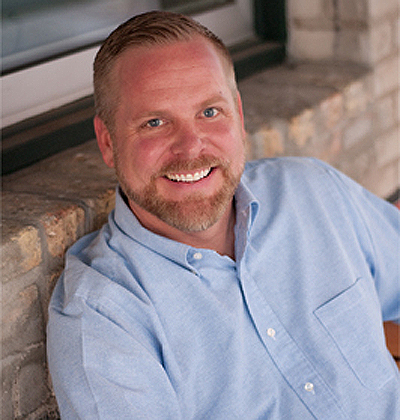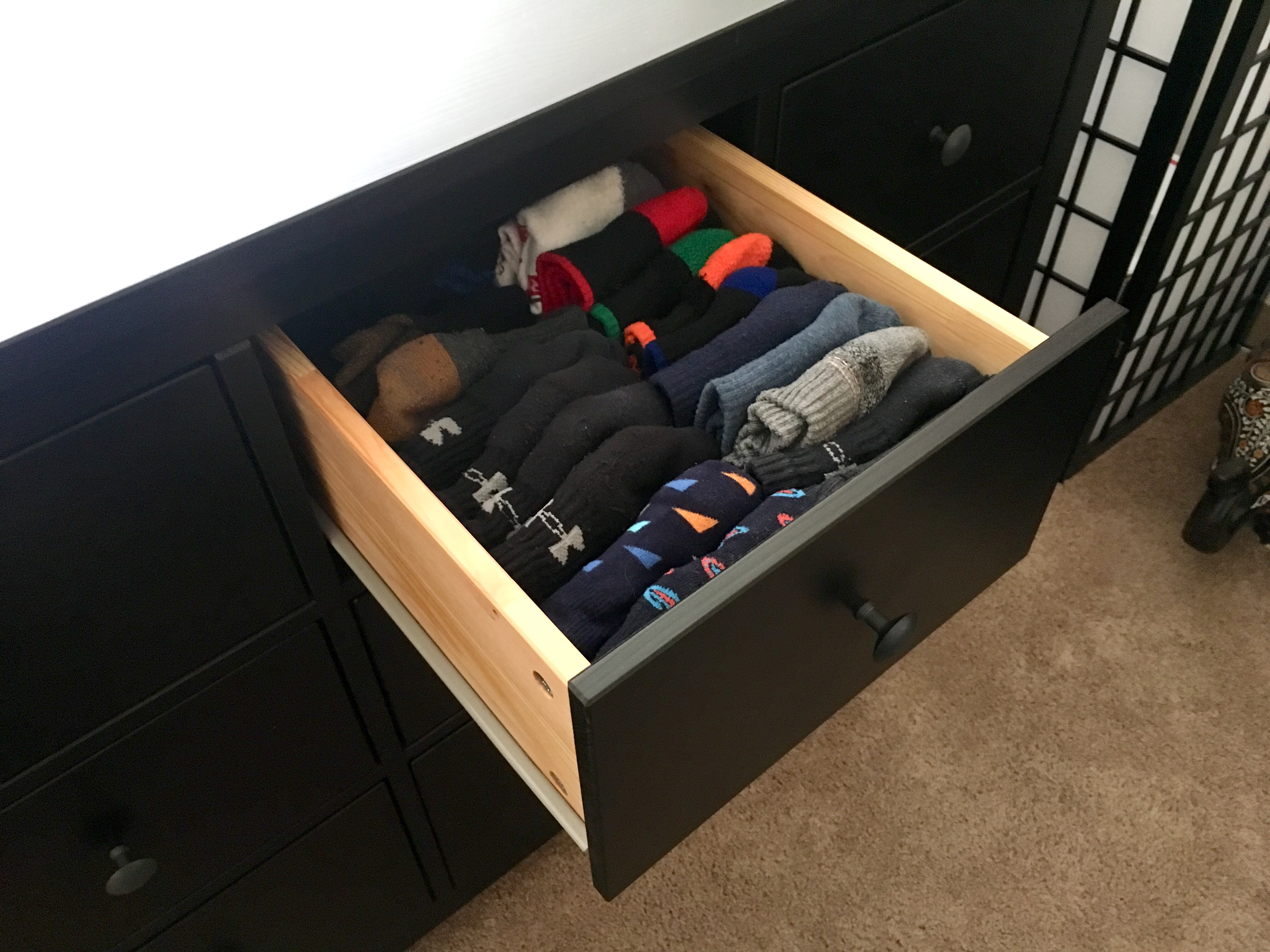You know you’ve made it big when your name becomes a verb.
Taking after other bodacious brands like Google, Photoshop, and Uber, Marie Kondo—the best-selling master of tidying up your life—has now officially achieved verb status.
The water cooler conversation goes something like this, “So I totally Marie Kondo’d my apartment last month. Yep, cleaned and organized the whole thing. Even folded the socks and t-shirts in my dresser drawer. Yeah, it’s pretty amazing.”
Getting tidy is getting sticky. And in a good way.
Unsure who Marie Kondo is? Catch her show Tidying Up with Marie Kondo on Netflix. You’ll be witness to stories of fed-up families learning how to clean and organize their messy homes (and lives) by using Marie’s KonMari™ method. And with her irresistible smile and intermittent giggles, you’ve got a full package of positivity paired with productivity.
My favorite portion of the show is when Marie “introduces herself to the house,” a ritual that reminds me of when I lived in India. Marie’s welcome, similar to the greeting “Namaste”—a recognition that the same energy exists between us—translates to a connection with a living space just like it does with another human being. Connecting with the house introduces a partnership based in harmony and respect for the past, present, and future of the house and people in it.
Marie then proceeds to instruct frustrated families how to sort their possessions by topic, not by room, and teaches them to hold up each object and keep only those items that spark joy. If an item no longer brings joy, thank it for its service and let it go. You continue to tidy up by arranging items in bins or boxes, including folding clothing and stacking them neatly for optimal space and visibility. Her methods are brilliant and simple, but not necessarily easy.
So, pack rats beware! Tidying up is America’s newest response to the hoarding phenomenon.
Incidentally, clutter actually takes up both physical and energetic space. Take clothing, for example. Clothes occupy not only physical space (closets, shelves, racks, etc.), but also emotional space—memories associated with the item that comes from buying or wearing it.
“Been there, done that, have the t-shirt” isn’t just a nifty saying. It’s time to clean up.
Furthermore, the sentimental value of that t-shirt—or other personal object—may be the only reason we still have it. But what if that special t-shirt no longer fits or the memory has long faded? Then it’s only taking up space. Time to let it go!
Are you finally feeling the pain of piles or the burden of bundles? Then perhaps it’s time for you to tidy up your space. Here are some lessons I have learned from my de-cluttering work:
Tidying feels good. After I finished sorting and organizing my clothing, I could feel a major shift in my awareness of what I actually wear. I also feel the bliss of impeccable organization. Now, by simply opening my recently Kondo’d dresser drawer to reveal my socks folded neatly and stacked vertically, I feel a soothing calm. On occasion, a soft “ahhh…” even escapes my smiling mouth. A little glimpse of nirvana manifested for those us who love visual balance and harmony.
Reduce, Reuse, Recycle. The three Rs of sustainability aren’t just a clever example of alliteration—they’re a lifestyle. So many of our choices have become unconscious, but this is one area where conscious reprogramming is mandatory. We have options now. Knowing that we can make informed choices for how we modify our consumption gives us an opportunity to contribute to long-term sustainability and bring more balance back into our beautiful planet.
Everything has a place. If something you own needs to leave, then designate a location: recycle to friends or family; donate to a local charity; or throw it away. The things you keep must either find a new place within your home or be re-organized where they were. And once you’ve got them organized, it’s much easier to keep them that way. But just as parents say to their children, “If you take it out, put it back where it belongs when you’re done.” And that doesn’t mean when you feel like it—it means when you’re done using it. Like right now.
Leave an empty drawer. While completing my organizational makeover, I also decided to incorporate the philosophy of leaving a space unfilled—a concept introduced to me by Gretchen Rubin with her “keep an empty shelf” idea. By leaving one of my dresser drawers empty, I leave space for more new things, ideas, and energies to come into my life. The secret? Don’t fill it. And then bask in the feeling of freedom by holding an unfilled space each time you look in the drawer.
Abundance replaces stuff. When I “Marie Kondo’d” my loft this winter, I found a surprising and unexpected benefit: The clearing and organizing had produced more space both physically and energetically, and the energy released from letting go of old things has brought me a feeling of abundance—the power of limitless opportunities. Seriously, it works. Give it a try!
Michael Thomas Sunnarborg is a career coach, author, and founder of The White Box Club™—live coaching sessions and resources for people in career transition. Learn more at michaelcreative.com
Image: My sublime sock drawer


